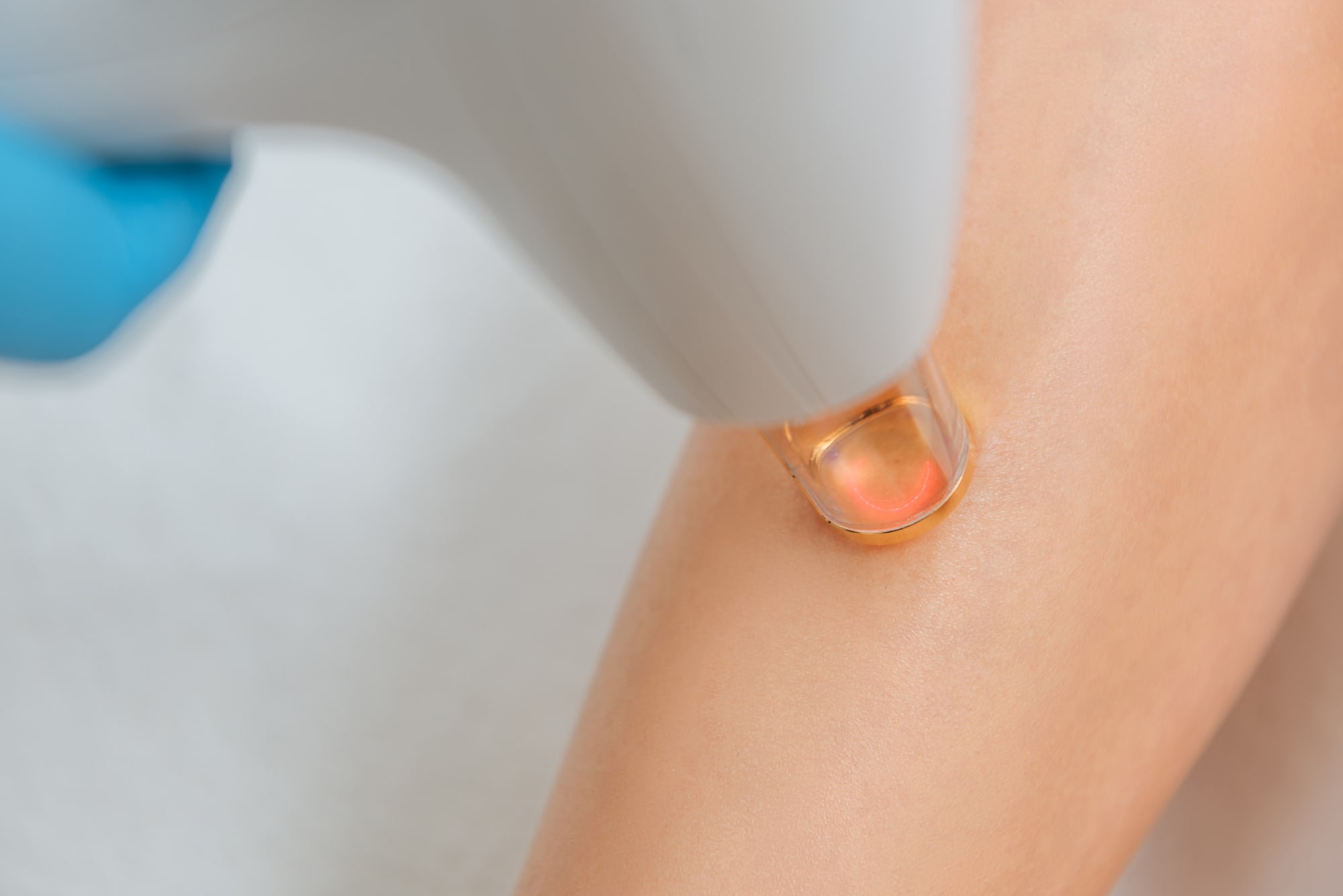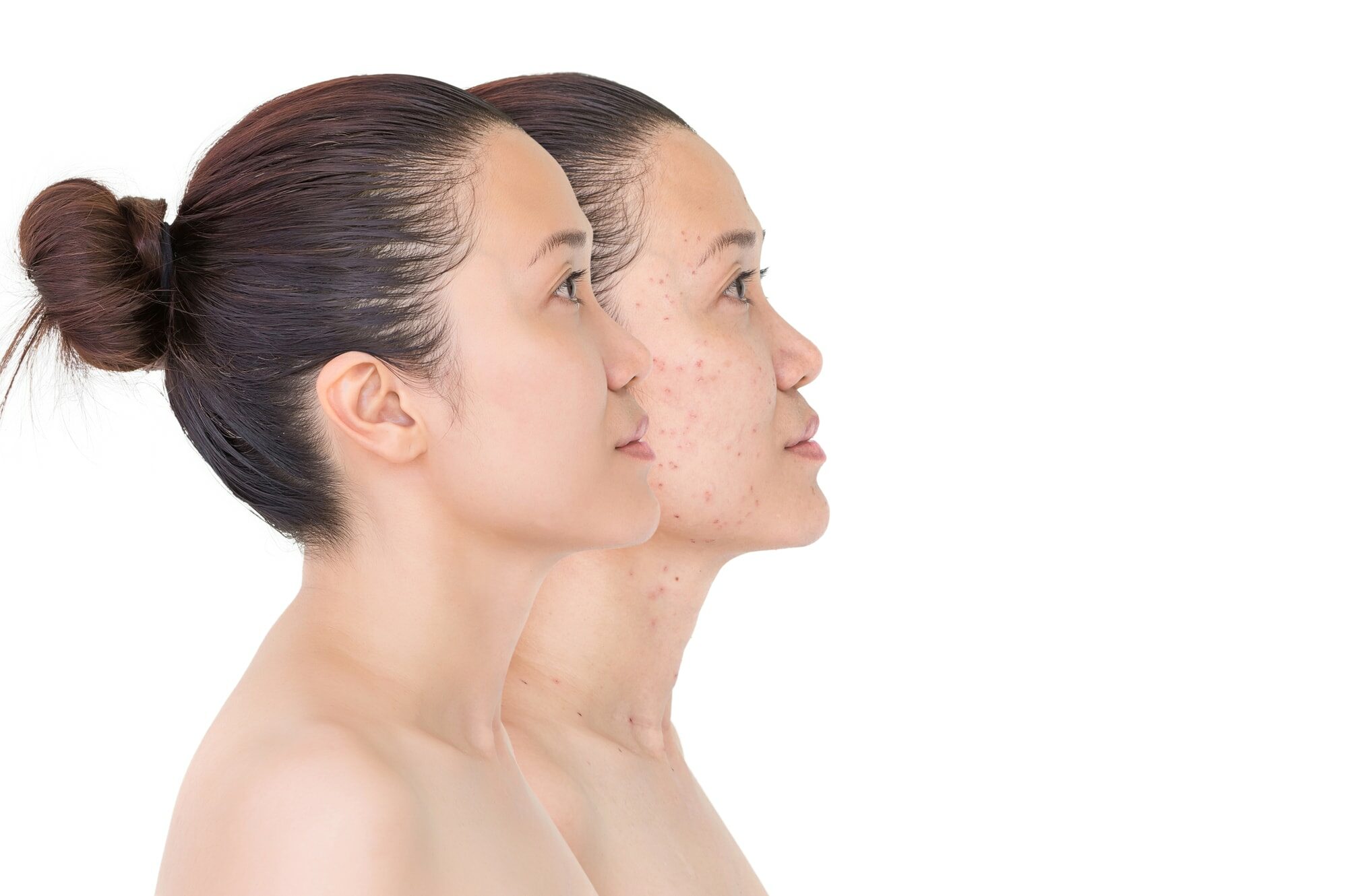Pulsed Dye Laser (PDL) is a non-invasive treatment for those who are looking to achieve a more even and fairer skin tone. How it works is simple: The treatment uses a laser to deliver intense pulses of light to the skin, which helps reduce the appearance of red and purple blood vessels. The laser targets the hemoglobin in the blood vessels, causing them to shrink and become less visible. It also stimulates collagen production, which can improve the overall texture and tone of the skin.
PDL is used to treat conditions such as rosacea, scarring, and spider veins and the process is relatively quick. In just 15 to 30 minutes, you will see a difference in the skin. Most patients experience some mild redness and swelling following the treatment, but these side effects usually subside in a few hours.
Table of Contents
What are the advantages of using pulsed dye lasers in dermatology practices?
The PDL treatment has become consistently popular for many people wanting to achieve fairer and healthier skin tones. Thanks to PDL treatments, achieving this goal has become rather easy. No need for bleach and other chemical-based products, which can gradually diminish skin quality. If your clients haven’t considered PDL treatment, you can look through the following benefits and discuss it with your business partners and clients.
Pulsed dye lasers target specific areas of the skin.
One major advantage of PDLs is their ability to target specific areas of the skin. Unlike other laser treatments that may affect the entire surface of the skin, PDLs can be precisely directed at specific areas, reducing the risk of damage to surrounding tissue. This makes them an ideal treatment for conditions that are localized, such as blood vessels or spider veins.
Pulsed dye lasers speed up treatment time.
Another advantage of PDLs is their relatively quick treatment time. A typical PDL session takes between 15 and 30 minutes, making it a convenient option for those with busy schedules. Additionally, PDL treatments require minimal downtime, so patients can return to their normal activities soon after the procedure. Its quick effect has been one of the best-selling points for most skin care practitioners because clients nowadays have a busy schedule with work and other activities. Having a PDL treatment machine in your beauty arsenal can help increase your sales, business productivity, and of course, customer loyalty.
Pulsed dye lasers work on all skin types.
PDLs are also considered safe for most skin types, making them a versatile treatment option for a wide range of patients. However, people with certain medical conditions such as uncontrolled diabetes, lupus, or blood disorders should not undergo the treatment.
PDL treatment improves skin over time.
PDLs can also help improve the overall texture and tone of the skin by stimulating collagen production. This can help reduce the appearance of fine lines and wrinkles, giving the skin a more youthful and radiant appearance. In other words, PDL is a great anti-aging treatment. Instead of using chemical-based products, which can damage the skin over time, you can opt for PDL treatment. It’s safe, effective, and patients will love its relatively painless and totally satisfying effect.
Related products: Check out the Candela VBeam PDL and Candela VBeam Perfecta Aesthetic Laser (Pre-Owned) for Sale.
What’s the difference between pulsed dye lasers and IPL?
DPL and IPL have similarities being that both are the top non-invasive treatments for skin conditions like pigmentation. Both technologies are designed to make skin fairer and healthier but look below for their differences.
- Type of light – One of the main differences between PDLs and IPLs is the type of light they use. PDLs use a specific type of laser light that targets the hemoglobin in blood vessels, causing them to shrink and become less visible. IPLs, on the other hand, use a broad-spectrum light that targets multiple chromophores (pigment) in the skin such as melanin and hemoglobin.
- Level of Penetration – Another difference between PDLs and IPLs is the depth of penetration. PDLs typically penetrate deeper into the skin, making them more effective in treating deeper conditions such as scarring, rosacea and spider veins. IPLs, on the other hand, are better suited for more superficial conditions such as age spots and sun damage.
- Accuracy – PDLs are also considered more precise than IPLs, as they can be precisely directed at specific areas, reducing the risk of damage to surrounding tissue. This makes them a better option for treating localized conditions. IPLs are more versatile in treating a larger area, but less specific in the treatment of a certain condition.
- Price – Finally, PDLs are typically more expensive than IPLs, and are often used in medical settings, while IPLs are more commonly used in spa settings. In summary, PDLs and IPLs are both effective treatments for improving the appearance of the skin, but they work in slightly different ways, and are better suited for different types of skin conditions.
Are you ready for the new challenge? Offering the best skin care method for clients is prime for every skincare clinic. If you’re serious about making your patients young and beautiful, you should invest in new equipment like the PDL treatment machine.
What’s the Right Type of Aesthetic Laser Equipment for Your Practice?
Talk to a consultant at Laser Service Solutions today to find the right laser equipment at the right price.




